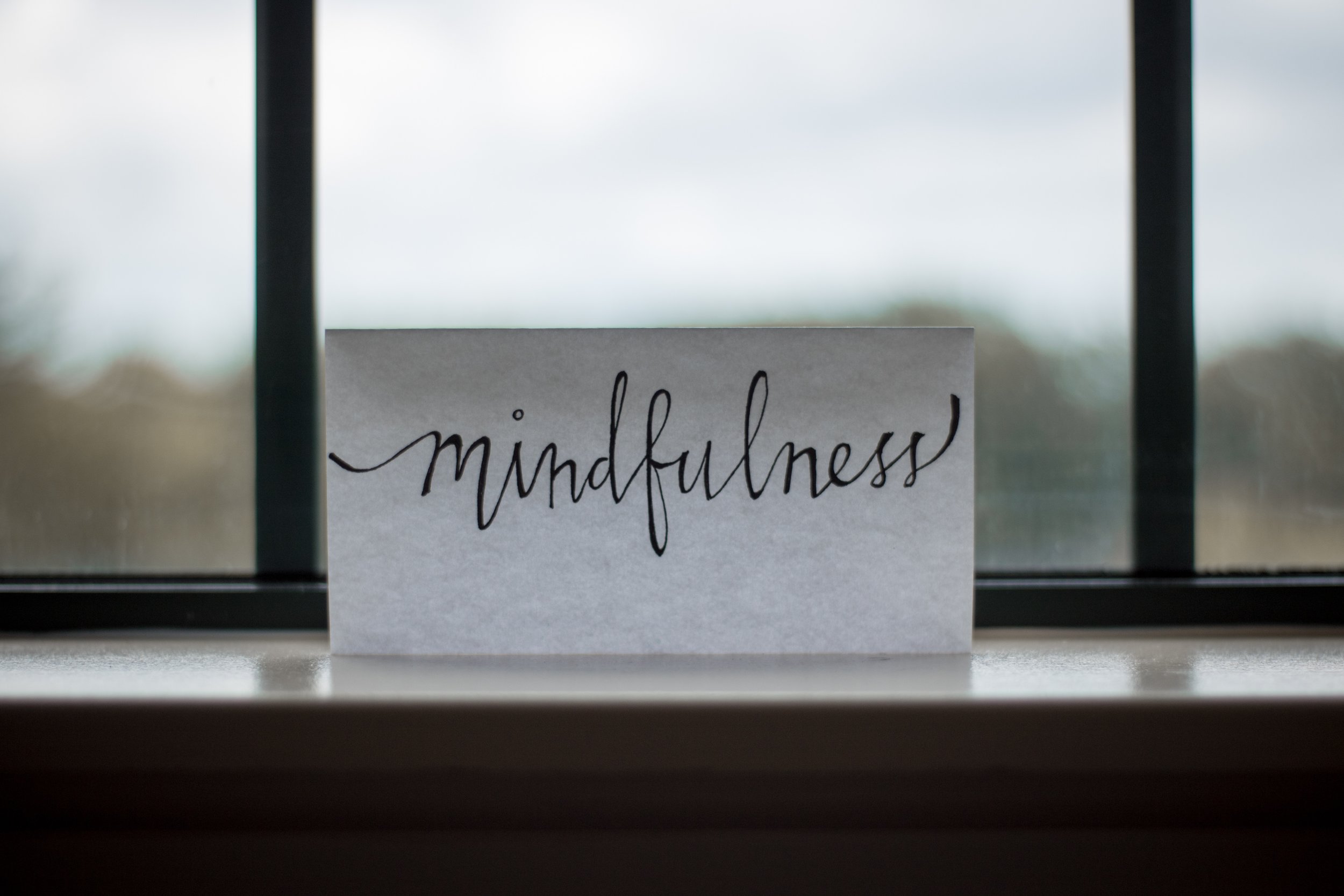Dealing with difficult people at work hinges upon your actions involving self-awareness, planning, toleration, and management. I’ll get to those actions later, but first, let’s look at hard situations that arise with other people on the job.
Problem Relationships at Work
No one is a stranger to arduous relationships at work. Colleagues, direct reports, managers, and contractors are among the people with whom you could have adversarial bouts. The problematical behaviors of others can manifest in myriad ways and are not limited to the following: non-verbal dismissiveness (e.g., eye rolling, sighing), bad mouthing (e.g., saying something mean about you to others), direct and unproductive conflict (e.g., arguing with you at a team meeting for the sake of being oppositional), passivity (e.g., failing to support your initiative out of spite) and outright sabotage (e.g., acting against one of your projects). The reasons for these problems come in many stripes.
Perhaps a colleague is envious of the positive relationship that you have with a higher-up. Maybe a direct report simply has an attitude with any authority figure. Your manager may feel threatened by your excellent performance. And, a contractor might perceive you as too controlling. Whatever the reason for the unpleasant actions toward you, you need to get ahold of the situation and fast.
The How-To
The following are several approaches to handling difficult people on the job.
· Know what’s bothering you, and why. Whenever people tell me about difficult workplace relationships, I want to know how well do they understand what’s bothering them. Who gets under their skin? What is it about that person? Is it their behaviors? Is it who they are? Identifying the “what” or “who” as the problem is pretty easy to figure out. But, it’s much harder to figure out “why” the person is bothersome. For instance, if it’s colleague who asks you too many questions about your project, then you want to figure out why that irks you. Typically, introspection is needed to get near the root of your frustration. When you know who and what causes your frustration and why, then you’re in a better position to predict when those situations are likely to arise.
· Predict the next frustration. You want to anticipate when frustrations are likely to arise during your workday. For instance, if a bothersome man works with you on a current project, then take note of when you’ll interact with him. You can look ahead and see when you have a meeting with him or when you’ll need to give him a call. By predicting bothersome situations, you can steel yourself for the unpleasant emotions and thoughts that you’re going to have. You can also prepare by equipping yourself with two other strategies: toleration and management.
· Toleration. You have to tolerate the difficult person, because it may be impossible to make the individual go away. A great way to try and tolerate an annoying person is to use your self-awareness. There’s a decent chance that the person bothers you, because of personal meaning their behavior has to you. In other words, what most bothers you about others, may have something to do with who you. So, you need to reflect on how you see a bit of yourself in them, a bit of you that you are not comfortable with, that is. If you can become more comfortable with what is uncomfortable about yourself, then you’ll learn to be less bothered by the behavior of others.
· Management. You can also try to actively manage the annoying person. There are lots of ways to do it. Here are a few examples. You can rearrange the environment so that the person is not seated near you. You can try to playfully tease the person, so long as you’re okay with the person teasing you in return. You can, of course, try direct communication. Direct communication will probably bode well if the following parameters are present: (1) you’re working together on a team and have shared goals, (2) you’re guided by an, at least somewhat, impartial third party who can help foster productive communication, and (3) there are sufficient rules of conduct that help ensure a sense of acceptance, respect, and compassion.
Wrap-Up
I pointed-out several actions that you can employ in dealing with difficult interpersonal situations at work. Self-awareness is your biggest potential asset, because if you can figure out why someone is bothering you, then you may cease to unthinkingly react and begin to consciously see solutions. By predicting the next time you might see the annoying person, you’ll be able to prepare your responses and you won’t get caught off-guard. Once you’re ready, you should consider tolerating and managing the difficult individual. In fact, you’ll probably need to do both, that is, quietly tolerate the antics of the troublesome person and take some measures to make the individual less annoying. As a final thought, trite though it may be, acknowledge that learning to handle difficult people is a good professional lesson.



